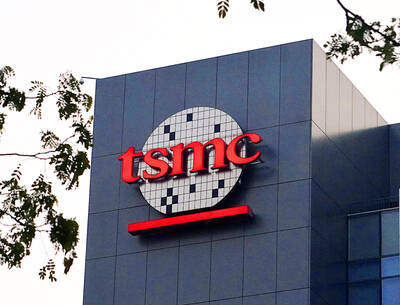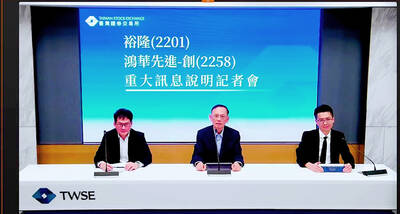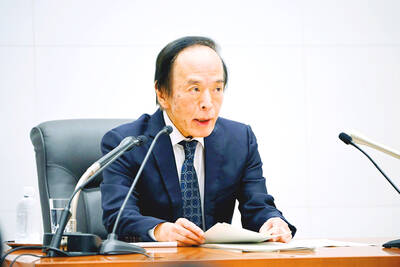US employment returned to its pre-recession peak last month with a solid pace of hiring that offered confirmation the economy has snapped back from a winter slump.
Nonfarm payrolls increased 217,000 last month, the US Department of Labor said on Friday, in line with market expectations. Data for March and April were revised to show 6,000 fewer jobs created than previously reported.
“This was a very solid report with no obvious warts to detract from the underlying message of sustained improvement in economic activity,” said Millan Mulraine, deputy chief economist at TD Securities in New York.
May marked a fourth straight month of job gains above 200,000, a stretch last witnessed in January 2000, even though it also was a slowdown from the 282,000 jobs created in April, when hiring was still bouncing back from a winter lull.
The nation has recouped the 8.7 million jobs lost during the recession, with 8.8 million more people working now than at the trough in February 2010. However, the working age population has since increased by 10.6 million people, while 12.8 million have dropped out of the labor force.
The pace of hiring adds to data from automobile sales, services and factory sector activity that have suggested the US economy will grow at a pace of more than 3 percent this quarter after shrinking at a 1 percent rate in the first three months of the year.
Other data on Friday showed that consumer credit in April recorded its largest advance since November 2001, a sign interpreted as showing that households were feeling more secure in taking on debt.
Last month, the unemployment rate held steady at a five-and-a-half-year low of 6.3 percent, as some unemployed US workers who had given up the search for jobs resumed the hunt.
A measure of underemployment fell to its lowest level since October 2008. The gauge — which includes people who want a job, but have given up searching, and those working part-time because they cannot find full-time jobs — fell to 12.2 percent.
Economists expect more previously discouraged workers to re-enter the labor force over the year. While that would show confidence in the labor market, it could slow the decline in the jobless rate.
The long-term unemployed accounted for 34.6 percent of the 9.8 million jobless people in the US last month, down from 35.3 percent in April.
The median duration of unemployment fell to 14.6 weeks, the shortest stretch in five years and a sharp drop from April.
“We are making progress, but we still have a very long way to go,” said Ryan Sweet, a senior economist at Goody’s Analytics in West Chester, Pennsylvania.
The return of discouraged jobseekers and drop in long-term unemployment is likely to be welcomed by the US Federal Reserve, which has cited low workforce participation as one of the reasons for maintaining an extraordinarily easy monetary policy.
The workforce, which had declined sharply in April, increased by 192,000 people last month. That left the labor force participation rate, or the share of working-age US residents who are employed or at least looking for a job, at 62.8 percent.
Average hourly earnings — watched for signs of wage pressures that could signal dwindling slack in the labor market — rose US$0.05, or 0.2 percent. On a yearly basis, earnings were up 2.1 percent, suggesting little buildup in wage inflation.
However, earnings in sectors such as mining and information services are rising at a faster clip.
“It’s a difficult time for Fed policymakers,” said Peter Molloy, president at Edison Investment Research in New York. He said the central bank normally would be raising interest rates by now — given the level of the jobless rate — but wanted to go slowly because the recovery has been weak by historic norms.

Taiwan’s long-term economic competitiveness will hinge not only on national champions like Taiwan Semiconductor Manufacturing Co. (TSMC, 台積電) but also on the widespread adoption of artificial intelligence (AI) and other emerging technologies, a US-based scholar has said. At a lecture in Taipei on Tuesday, Jeffrey Ding, assistant professor of political science at the George Washington University and author of "Technology and the Rise of Great Powers," argued that historical experience shows that general-purpose technologies (GPTs) — such as electricity, computers and now AI — shape long-term economic advantages through their diffusion across the broader economy. "What really matters is not who pioneers

In a high-security Shenzhen laboratory, Chinese scientists have built what Washington has spent years trying to prevent: a prototype of a machine capable of producing the cutting-edge semiconductor chips that power artificial intelligence (AI), smartphones and weapons central to Western military dominance, Reuters has learned. Completed early this year and undergoing testing, the prototype fills nearly an entire factory floor. It was built by a team of former engineers from Dutch semiconductor giant ASML who reverse-engineered the company’s extreme ultraviolet lithography (EUV) machines, according to two people with knowledge of the project. EUV machines sit at the heart of a technological Cold

TAIWAN VALUE CHAIN: Foxtron is to fully own Luxgen following the transaction and it plans to launch a new electric model, the Foxtron Bria, in Taiwan next year Yulon Motor Co (裕隆汽車) yesterday said that its board of directors approved the disposal of its electric vehicle (EV) unit, Luxgen Motor Co (納智捷汽車), to Foxtron Vehicle Technologies Co (鴻華先進) for NT$787.6 million (US$24.98 million). Foxtron, a half-half joint venture between Yulon affiliate Hua-Chuang Automobile Information Technical Center Co (華創車電) and Hon Hai Precision Industry Co (鴻海精密), expects to wrap up the deal in the first quarter of next year. Foxtron would fully own Luxgen following the transaction, including five car distributing companies, outlets and all employees. The deal is subject to the approval of the Fair Trade Commission, Foxtron said. “Foxtron will be

INFLATION CONSIDERATION: The BOJ governor said that it would ‘keep making appropriate decisions’ and would adjust depending on the economy and prices The Bank of Japan (BOJ) yesterday raised its benchmark interest rate to the highest in 30 years and said more increases are in the pipeline if conditions allow, in a sign of growing conviction that it can attain the stable inflation target it has pursued for more than a decade. Bank of Japan Governor Kazuo Ueda’s policy board increased the rate by 0.2 percentage points to 0.75 percent, in a unanimous decision, the bank said in a statement. The central bank cited the rising likelihood of its economic outlook being realized. The rate change was expected by all 50 economists surveyed by Bloomberg. The